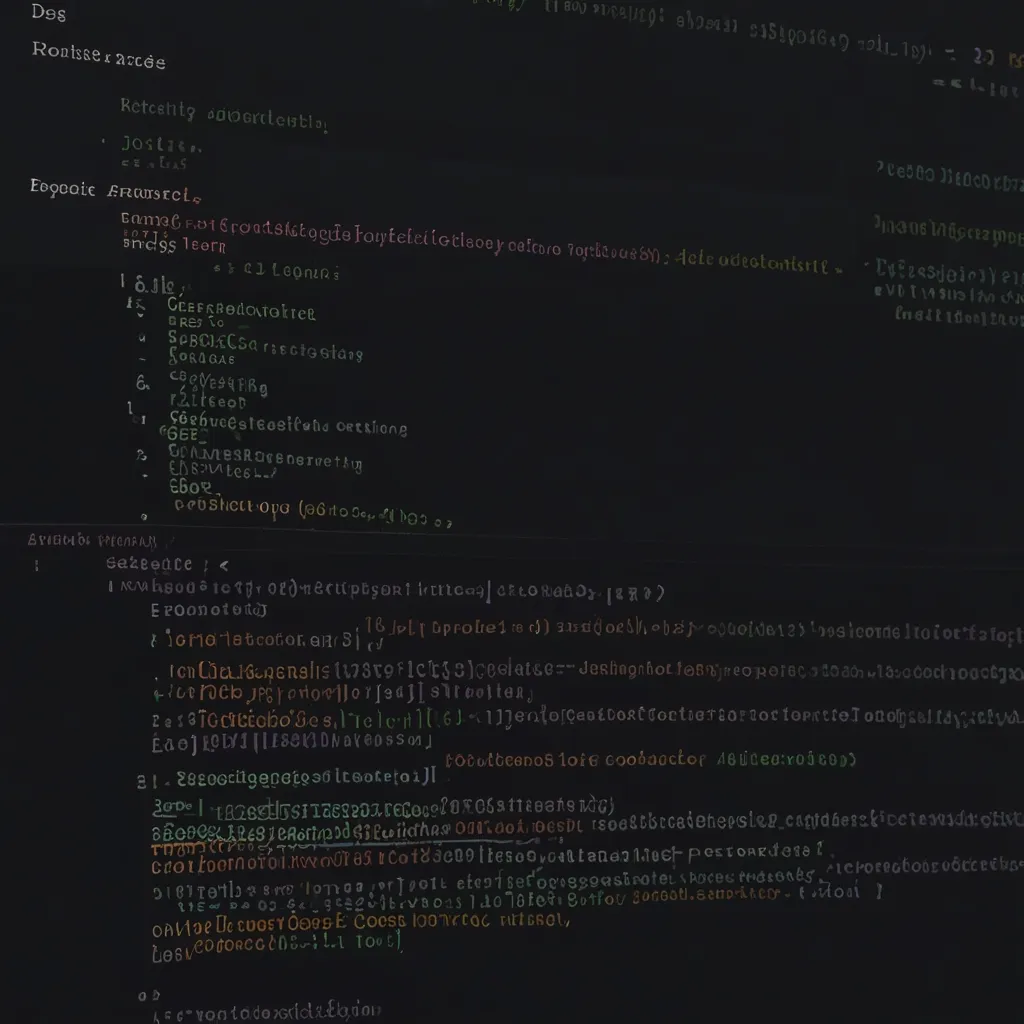Chapel, a modern programming language, has emerged as a game-changer in the world of high-performance computing (HPC) and parallel programming. Developed initially by Cray Inc. and now nurtured by Hewlett Packard Enterprise, the aim of Chapel is to make the intricate task of writing parallel code both simpler and more productive for a broad spectrum of users. This language isn’t just a fad; it’s carving out a niche by making high-performance computing accessible and intuitive.
Chapel kicked off under the DARPA High Productivity Computing Systems (HPCS) program back in 2002. The mission was ambitious: develop technology that could significantly boost the productivity of HPC users. Cray Inc. took on this challenge and their commitment resulted in Chapel. It was initially a part of the Cray Cascade project, with a bold goal to ramp up supercomputer productivity by 2010. Fast forward, Chapel has transitioned into an open-source project, stirring community collaboration and involvement, and has grown into an indispensable tool for parallel computing.
What sets Chapel apart is its dual support for data parallelism and task parallelism, making it a versatile language for expressing parallel codes naturally. With data parallelism, one can execute the same operation on different data elements simultaneously. On the other hand, task parallelism allows for the concurrent execution of diverse tasks. These features are gold in the age of modern computing, where the range of devices spans from ordinary laptops to mighty supercomputers.
One of the charming facets of Chapel is its multi-resolution philosophy. This is a fancy way of saying you can start with a basic prototype and add details gradually to optimize for specific hardware setups. Think of it as starting with a rough sketch and refining it into a detailed masterpiece. This approach gives Chapel the flexibility to cater to developers looking for the straightforward syntax of scripting languages like Python, but also seeking the performance punch of compiled languages like C or Fortran.
When it comes to productivity and scalability, Chapel punches well above its weight. Features like global namespace allow direct access to both local and remote variables, simplifying the management of complex parallel computations. Plus, its support for GPU programming means you can tap into the raw power of graphics processors in a vendor-neutral way. Another nifty feature is distributed arrays, which enable Chapel programs to utilize the combined memory and processing muscle of thousands of nodes. This makes it a strong contender in the HPC space.
Writing code in Chapel is a breeze. For example, a “hello world” program is super straightforward:
writeln('If we can see this, everything works');
To compile this, just use the chpl compiler with the --fast flag for optimization:
chpl --fast hello.chpl -o hello.o
And then execute it like any other program:
./hello.o
This uncomplicated syntax and execution model make Chapel appealing for developers. It allows them to focus more on the logic and less on the intricate details of parallel programming.
In the practical world, Chapel isn’t just spinning theories. Researchers leverage Chapel for simulations in various scientific domains, such as modeling heat transfer. Here, Chapel’s prowess in handling both data parallelism and task parallelism shines through. By breaking down the problem into a grid and evaluating temperatures at each point, researchers can simulate thermal evolutions across, say, a metal plate, with impressive efficiency.
Chapel thrives under the open-source ethos, hosted on GitHub and licensed under the Apache License 2.0. This open-source model promotes community engagement, a key factor in easing new users into the language. The Chapel community is robust, offering hefty documentation, sample programs, and handy tutorials to get developers up to speed. Moreover, Chapel integrates seamlessly with modern development tools and platforms like GitHub Codespaces, further enhancing its appeal.
For big computations, using Chapel on HPC clusters is a breeze. On platforms like Compute Canada’s Cedar and Graham clusters, Chapel can be loaded, compiled, and run efficiently. Users just load the Chapel module, compile their code, and submit a batch script to the queue system, leveraging the full capabilities of multiple nodes.
Chapel isn’t stagnating either. The language continually evolves with each new release, like the recent Chapel 2.1, which rolled out several performance boosts and new tools. The community remains vibrant, with events such as ChapelCon ‘24 driving user and developer interactions. As high-performance computing’s future blooms, Chapel is positioned to cater to the aspirations of researchers and developers, offering a productive, scalable, and swift programming environment.
In a nutshell, Chapel brings a powerful answer to parallel programming. It blends the ease of scripting languages with the power of compiled languages, making it ideal for a wide array of tasks. Its support for data and task parallelism, global namespace, and distributed arrays fortify its position as a go-to language in HPC. For seasoned HPC veterans and newbies alike, Chapel offers a productive and scalable solution to meet any computing demands, ensuring a bright future in the world of high-performance computing. With Chapel, the future of parallel programming looks promising, friendly, and incredibly exciting.






